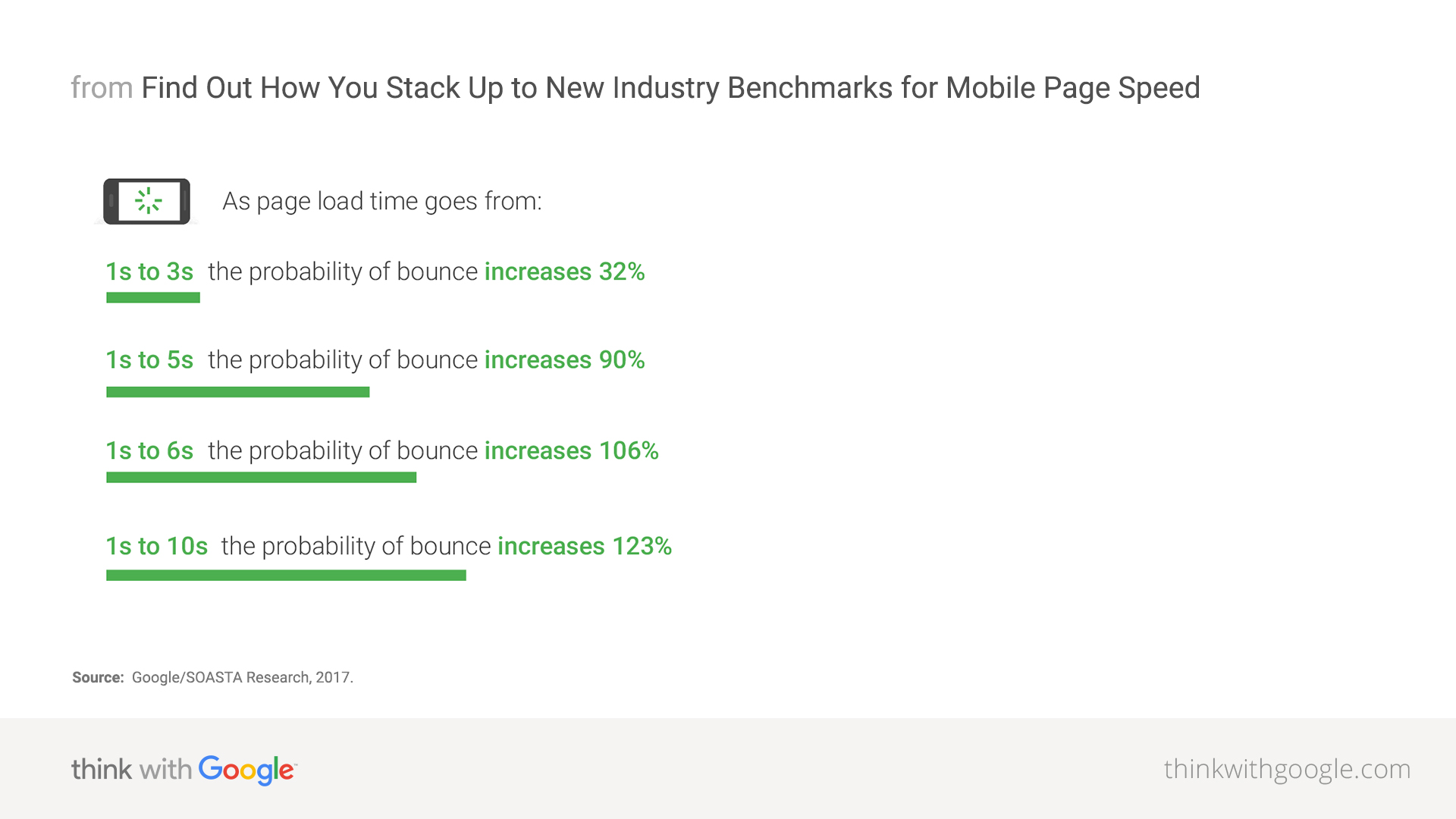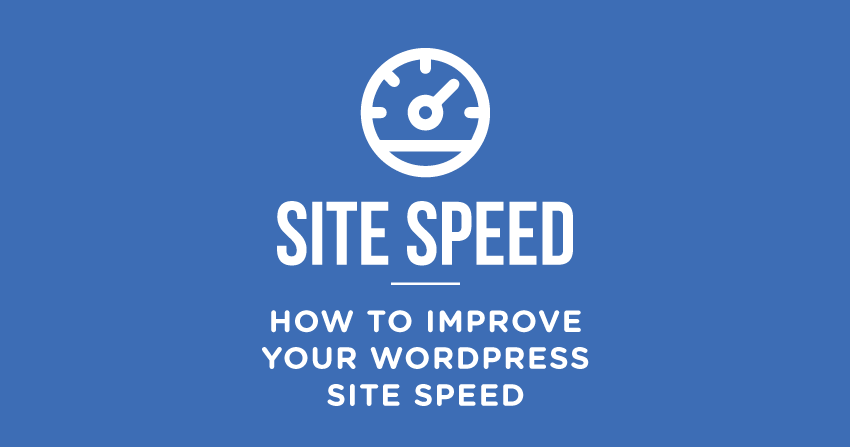If you are into e-commerce business or having a website keeping it safe is the need of the hour along taking care of SEO and Google Rankings. For any website to work, the essential elements should be a well-secured website. You can install an SSL certificate for website security. You can choose the SSL type as per the website’s requirement; for instance, Multi-domain wildcard SSL for securing up to 250 different wildcard domains and its subdomains.
Once the Multi-domain wildcard SSL is installed, then you can carry out the other things. Let us get into the article and see how to switch the host without degrading the Google rankings.
Does Switching Your Website Host Affect Google Rankings?
Yes, switching the website hosts or changing the website hosts do affect your Google rankings. It affects the few essential aspects of the website, such as the webpage speed, webpage downtime, server location, website structure, quality of the server.
Webpage Speed:
As we know that Google algorithms consider websites with fast loading time. Also, visitors prefer responsive websites. So, the website speed and responsive speed are two crucial factors for any website.
According to Google research, the bounce rate also increases by 33 per cent if the page load time rises by even 3 seconds.
So, while considering changing the web host, make sure the website loading time is minimum. Generally, Linux VPS hosting plans like SSD Linux VPS work best for changing a WebHost or even a shared web host situation.
Webpage Down Time:
Often changing website location leads to webpage down. This happens when the website is waiting for the DNS signal to propagate and then transmits to the site. Usually, it takes 24 hours to 72 hours for this process. Moreover, this webpage downtime will hit the Google rankings.

However, to avoid this, you can run the website on the old host with the duplicate of the site on the new host until the DNS fully propagates and transmits. Only after this, the site can be shifted to the new host.
Causes of website downtime:
Website Structure:
Digital Marketers and SEO professionals always talk about infinite elements that impact Google Algorithms, which in turn affect the website’s health. One such feature is website structure.
The conventional website structure is followed by the most modern websites these days as the page structure goes from one subject to another more sub-topics and then the links that connect to other pages.
In technical words, it is called a Pyramid structure. Here the homepage will be at the top of the pyramid, then comes to the sub-topics linked from the navigation, remaining to represent the interlinked pages to navigation. This hierarchy would typically represent the shape pyramid.
So, if your website is missing this SEO aspect, it won’t be very easy for the Google rankings of your website. In simple words, if your site has a flat web structure and there is nothing to link from one page to another, there will be crawling issues.
This makes it difficult for the Google algorithm to understand your webpage and could lead to reduced Google rankings. Therefore, while changing the host, it is recommended to have a duplicate website structure of the original website.
Server Location:
As we all know that the Google search results are dependent on the geographic position of the server location. For example, if the search is from the USA, it is evident that Google will show results from the USA.
However, previously Google relied on Top Level Domain to make this happen. Still, now due to technological upgrading, it has begun to take the IP addresses of the webserver to trace the location.
Hence while shifting the web hosts, it is a must to consider the web servers’ location. The Google ranking depends on the webserver location too.
Server Quality:
The quality of the server should be thoroughly considered before using the server. The Google search results depend on the server to a large extent. So, it is essential to assess and then decide the best suitable web server carefully.
How to Move Your Domain Name without Harming Your Website SEO?
If you change your domain name, it will result in a temporary drop in SERP. To avoid long term damage to your website follows these simple steps which will help you to a great extent. Let us go through the process:
Step 1: Back Up Your Site
Backing up the website is the first step you should do before you switch the host without any effect or damage to the SEO. There are tools available for both backup and migration of the website and its data.
You can install the Duplicator plugin and activate it. Go to the Duplicator plugin in the WordPress dashboard and select create new to start the start backup. You can see the duplicator wizard with some default and general performance tests and then click the build button.
Now, the duplicator plugin will have an option to create a package that has the backup of your WordPress site. Then you need to click on ‘one-click download’ to save the backup. There will be a full version of your website. You can automate and continue with the migration process.
Step 2: Use the Temporary URL for the Redesign
One of the cautions you need to keep in mind is never to redesign the existing website. This will create issues for the users, and, in the long run, which will become difficult to rectify.
To avoid such a situation, you can copy the website to the temporary URL. You can make changes to whatever you can on this temporary one and then switch the host once everything is sorted out.
However, you can take help from the professional expert or the hosting company to avoid any unnecessary errors while handling this setup.
Step 3: Transfer Your Site to Its New Domain
It would help if you created a database for the new domain name before you switch. Then upload the earlier downloaded Duplicator files to the new domain name. Keep the root folder empty and then upload and install files.
Now, the Duplicator plugin will move WordPress backup into the new domain. Once the setup is done, it will ask to update the website URL. You can enter manually, but it should automatically detect the path; otherwise, you can enter manually.
The Duplicator now will go ahead with the migration process, and you can check if it has worked properly or not by entering the website’s new URL in the web browser. If everything done is perfect in the above steps, then it will take you to the correct site.
Step 4: Do Proper 301 redirects
Redirecting is a crucial step after shifting to the new host. Check that both URL works very well with 301 redirects that helps SEO function smoothly.
However, if you have done the process incorrectly, then you can see the error 404, which means the Google search engine has not found the webpages. So, by redirecting 301, it means the old URL is redirected to the new one.
Moreover, you can add the redirects by using the .htaccess file. It will provide this code.
Redirect 301 /old website http://yoursite.com/new-url
Please do not neglect this step as it is essential and can’t afford to miss this step.
Step 5: Robot.txt
You can type robot.txt and check if it has adequately crawled or not. During the transfer process, there is a chance that the robot.txt under crawl.
Step 7: Sitemap Submission
You cannot afford to miss to submit the website sitemap XML to Google and Bing. Once you submit the XML sitemap, the search engine will crawl it in upcoming hours.
Conclusion:
By following the above-discussed steps, it is effortless to shift the host of the website without degrading the Google rankings and SEO of the website. If you have any queries regarding this topic, feel free to contact us. We are here to help you!!



